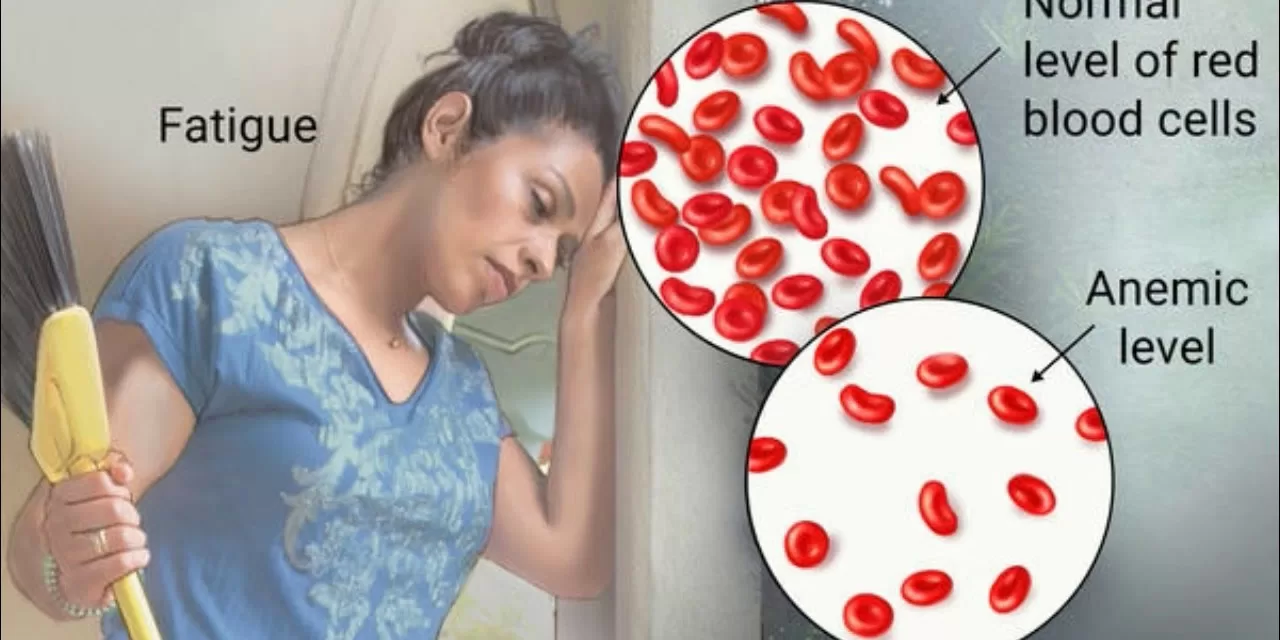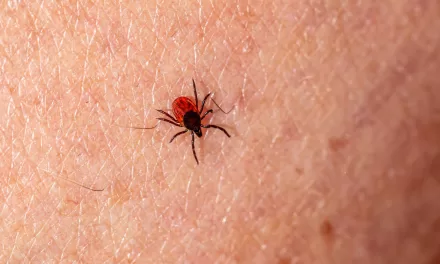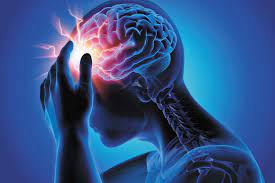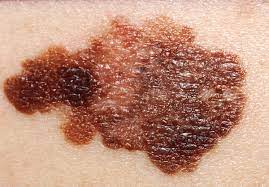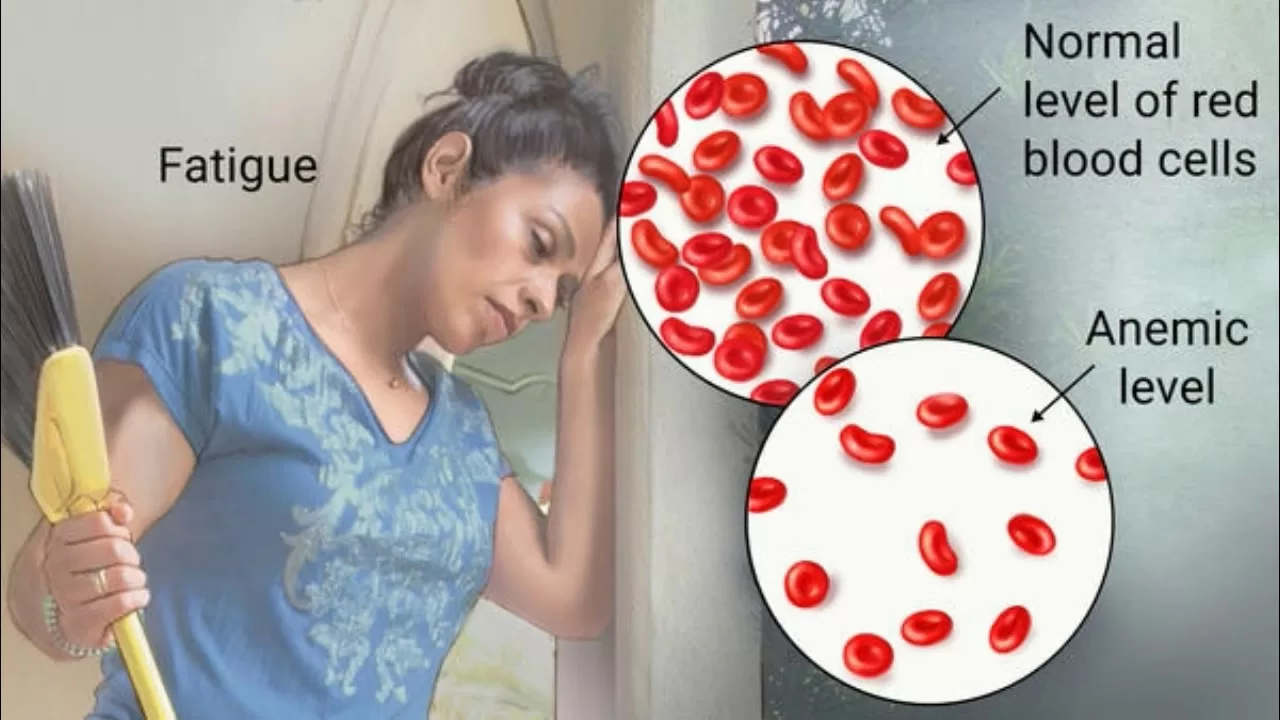
New research from India reveals that nearly 60% of teenage girls suffer from anemia. This data, analyzed from National Family Health Surveys, highlights key risk factors. These include early marriage and motherhood, poor nutrition, and socio-economic factors like wealth and education. The study, conducted by Banaras Hindu University and other institutes in Uttar Pradesh, also showed that the prevalence of anemia increased in 11 Indian states, rising from 5 in 2015-16 to over 60% in 2019-21. Anemia, a significant public health concern in India, results from a deficiency in red blood cells, leading to fatigue and low energy levels.
The research, which examined data from the fourth and fifth rounds of the national surveys, NFHS-4 (2015-16) and NFHS-5 (2019-21), analyzed 1,16,117 and 1,09,400 female teenagers, respectively. The prevalence of anemia was notably higher in females married before 18 years of age, accounting for approximately 10% and 8% of the sampled women in NFHS-4 and NFHS-5, respectively. Additionally, around 70% of the participants resided in rural areas.
Teenage mothers with at least 2 children exhibited higher rates of anemia compared to teenagers without children, especially those who were breastfeeding. The study also found that better-educated teenage girls were less likely to be anemic, as education correlates with knowledge about nutrition, better access to healthcare, and improved employment opportunities.
Furthermore, females from socio-economically disadvantaged groups, such as SC and ST, were more susceptible to anemia due to historical factors, undernutrition, limited healthcare access, early childbirth, and discrimination. Interestingly, teenagers from northeastern states of India faced a lower risk of anemia, attributed to their diverse and nutritious diet, including iron-rich red rice, and a culture that emphasizes locally-grown and seasonal foods. Additionally, high red meat consumption played a role in lower anemia rates in these regions.
Among the 28 Indian states, 21 reported an increase in anemia prevalence to varying degrees. While Assam, Chhattisgarh, and Tripura showed a substantial rise of 15 percentage points, states like Punjab, Karnataka, Telangana, Bihar, and Madhya Pradesh recorded a marginal increase of less than 5 percentage points. In contrast, Uttarakhand and Kerala saw a decline in anemia prevalence during the study period, warranting further investigation.
Despite the Indian government’s efforts to combat anemia in women and children over the past five decades, its prevalence continues to rise. This may be attributed to factors like inadequate program coverage, implementation, behavioral change, monitoring and evaluation, as well as the persistence of underlying risk factors and resistance to adopting healthier dietary practices.
The study underscores the pressing need to address anemia in female teenagers and suggests tailored interventions to reduce its prevalence.

